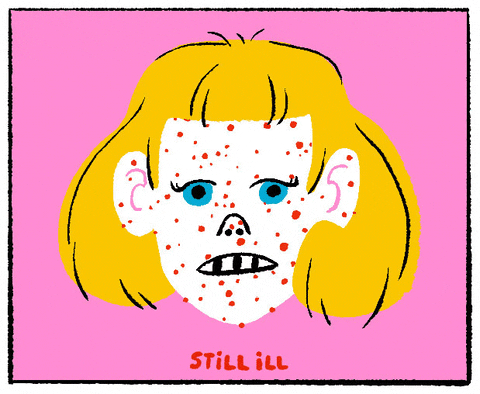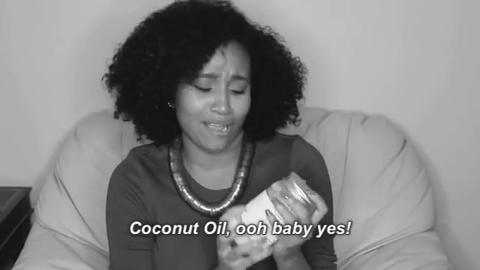
A Guide To Getting Rid Of Acne Scars
(For good!)
When pores become clogged with bacteria, dead skin, oil, or ingrown hairs, the skin becomes infected and inflamed, also known as acne. Acne plagues most young teens as they transition into adulthood. It most commonly occurs on a person’s face, back, or chest. For most people, the bout of acne is relatively short lived and doesn’t cause too much scarring or permanent damage. But for some people, acne can be severe for years of their lives and can even continue into adulthood. Cystic acne, which is fairly uncommon, is a type of extreme acne and often causes scarring.
Types of Acne Scarring

Depressed Scars
The most common form of acne scarring on the face is depressed, or atrophic, scars. These scars form a small depression that is lower than the surrounding flesh because not enough collagen was produced during the healing process. Depressed acne scars can be shallow or quite deep.
Raised Scars
Raised, or hypertrophic, scars are most commonly the result of back and chest acne. In this case, too much collagen was produced during healing, which raises the scar tissue above the surrounding tissue.
Dark Spots
The good news is purple, brown, or red discoloration of the skin after acne has healed is not actually a scar and it will fade away on its own in time.
Home Remedies

There are some over-the-counter products that will help diminish the appearance of acne scars. These remedies are good for both depressed and raised acne scars.
Sunscreen
You’re #1 defense is sunscreen. Sunscreen will help keep any type of scarring from becoming darker and more noticeable. Sunscreen should be worn everyday to protect your scars from harmful UV rays. If you don’t like the smell or feel of sunscreen, consider buying regular face and body lotions that have some level of SPF protection.
Salicylic Acid
There is an endless multitude of products that claim to prevent acne and heal scars. What you really need to pay attention to are the main active ingredients. Salicylic acid is one of the most common ingredients in acne prevention cleansers, creams, face pads, and other treatment forms. But it is also good for reducing the appearance of acne scars. Part of treating acne scars is helping to prevent new ones from forming. Salicylic acid helps exfoliate skin, clear pores, and reduce redness and inflammation. Products containing salicylic acid may cause dryness and irritation in people with sensitive skin.
Retinoids
Retinoids can be found in many acne treatment products, but your dermatologist can prescribe products to you with elevated levels. For acne scars, they help by speeding up the cell regeneration process, reducing discoloration, and decreasing inflammation. When using products containing retinoids, always wear sunscreen because they can make your skin extra sensitive to the sun.
Alpha Hydroxy Acids
Alpha hydroxy acids (AHAs) are mild acids that help to exfoliate the skin, removing the dead cells and encouraging healthy new cells to form. AHAs also help to clear clogged pores. You can find AHAs in many over-the-counter acne products.
Lactic Acid
Lactic acid peels have been shown to remove dead skin and reduce the appearance of scars, smoothing out the overall appearance of skin and its texture. Lactic acid can be found in peels, creams, spot treatments, and other products, but it is also found naturally in apple cider vinegar. Use diluted apple cider vinegar as a spot treatment before bedtime.
Natural Remedies

Natural remedies for acne scars have been used for decades. While they may not be as strong as commercial acne products, they can still help diminish acne scars.
● Coconut oil - Moisturizer that encourages healing of scars.
● Aloe vera - Moisturizer and anti-inflammatory with antioxidants.
● Honey - Moisturizes and encourages tissue growth.
● Lemon - Natural bleach that lightens skin. Also contains alpha hydroxy acids (AHAs).
● Shea butter - Moisturizer that also helps diminish stretch marks.
● Turmeric - Natural antiseptic, antioxidant, and anti-inflammatory that reduces discoloration. Mix with equal parts honey and use topically.
● Apple cider vinegar - Contains Lactic acid.
Dermatologist Treatments
Your dermatologist will be able to provide you with acne scar treatments that are stronger than over-the-counter methods.
Chemical Peels
The chemical peels provided by a doctor’s office will help remove the top layer of facial skin, which will reduce the appearance of raised and depressed acne scars. Though it will not completely remove deep scars, it can diminish their appearance. Your dermatologist will be able to access your skin type and recommend a chemical peel that is best suited for you.
Dermabrasion
Like chemical peels, dermabrasion works by removing the top layer of skin. Your doctor will use a wire brush to remove the dead skin.
Fillers
Fillers are a treatment for acne scars that is injected underneath the skin. It can be made from collagen, your fat, or other substances. It typically lasts between 6-18 months, however some types are permanent.
Laser Treatment
Laser treatment also removes the top layer of skin, but is not as effective on darker skin tones. You may also need to cover the area with a bandage, but your skin will recover faster with this method.
When treating your acne scars, start with natural remedies and over-the-counter products as they will be gentler on your skin. If you do not achieve the results you desire, consult your dermatologist and discuss other options with them. They will be able to make a treatment plan that is best suited for your skin type and acne scars.
Next Up, How To Have An Eco-Friendly Period










